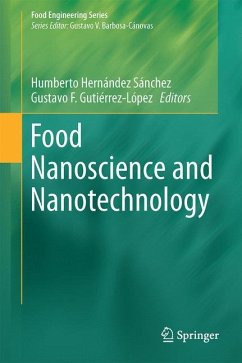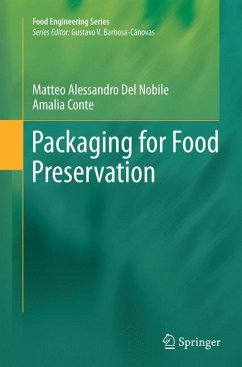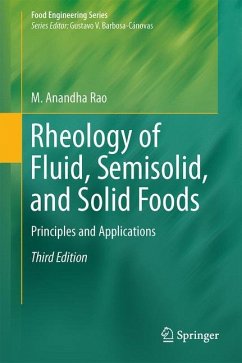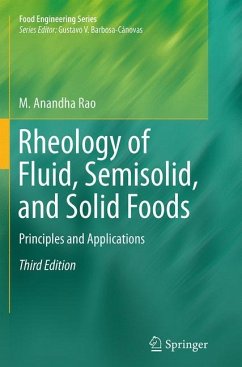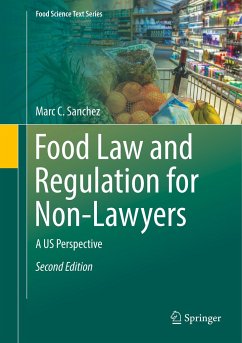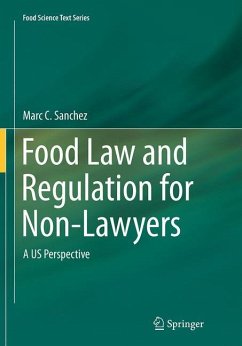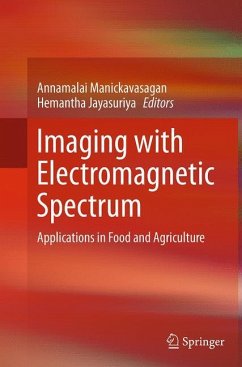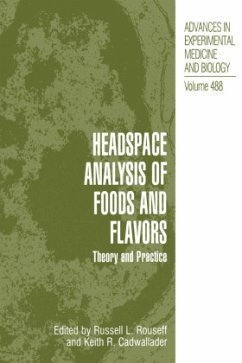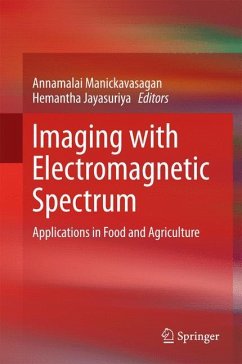
Food Nanoscience and Nanotechnology
Versandkostenfrei!
Versandfertig in 6-10 Tagen
76,99 €
inkl. MwSt.

PAYBACK Punkte
38 °P sammeln!
Nanoscience and nanotechnology have had a great impact on the food industry. They have increased the nutritional and functional properties of a number of food products and have aided in food preservation through the addition of antimicrobials or the reduction of water activity. These and many other applications have emerged in recent years to transform food science and technology. This book proposes to look at some of these applications and their effect on food production and innovation.





